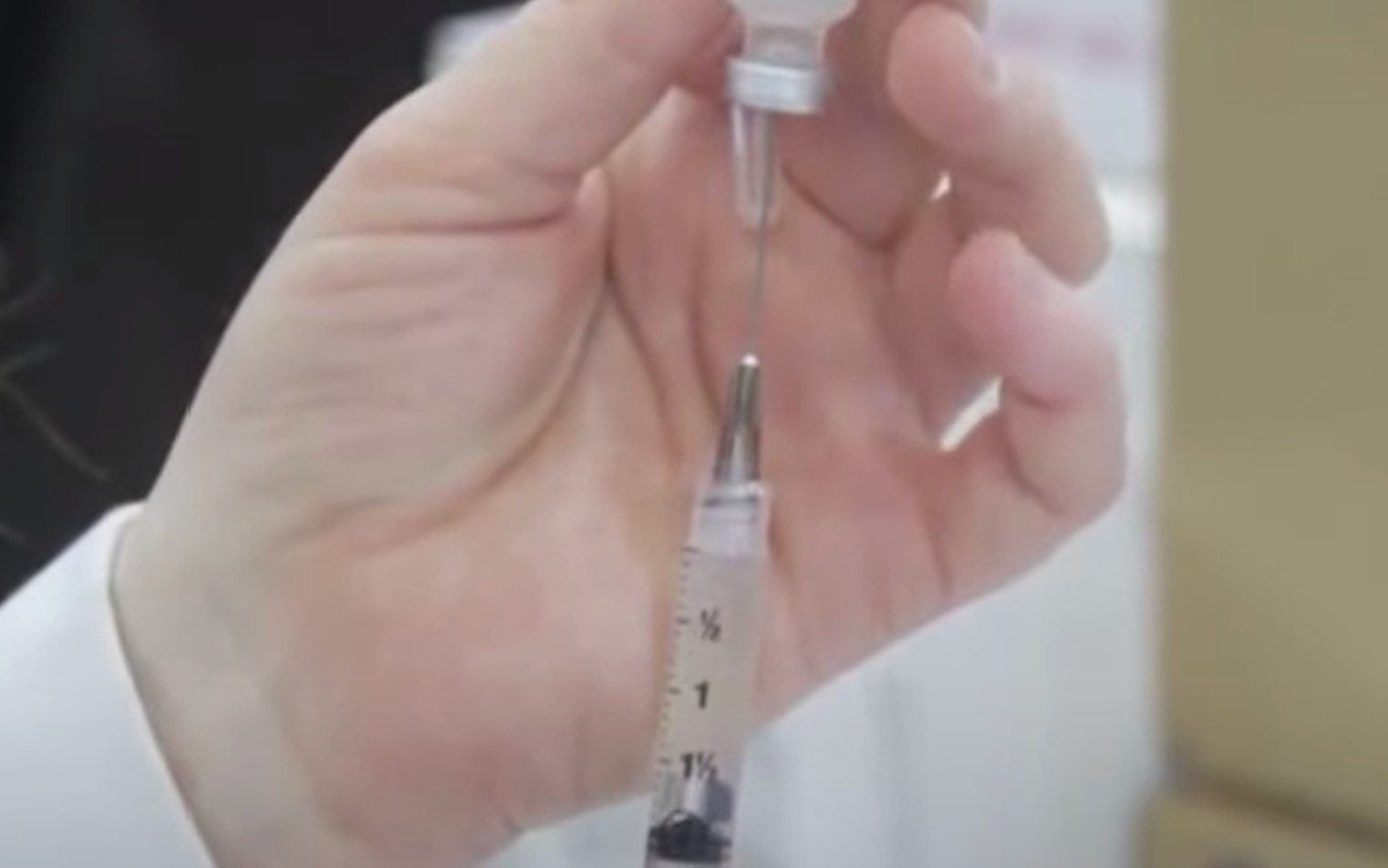Infection
COVID-19 On The Rise Amid Vaccination-Uptake On the Low
COVID-19 cases are again increasing in the Greater Houston area, information that likely no one wants to hear as they are soaking up the final month or so of summer by traveling to vacation destinations or gathering with family and friends.
According to the Houston Health Department, the COVID-19 positivity rate is 12.6 percent, while the wastewater viral load is 135 percent of the baseline, increasing from where both were the prior week.
Dr. Peter Hotez, co-director of the Texas Children’s Hospital Center for Vaccine Development and dean of the National School of Tropical Medicine at Baylor College of Medicine, said he is expecting the rise in cases to remain – likely akin to the Delta wave in 2021 – but not necessarily lead to a huge surge.
“Earlier in June, wastewater reports in Houston were down to the lowest I had seen in a long time,” Hotez said. “I was keeping my fingers crossed, but now we are seeing it go up, and that gives me some cause for concern that this increase may be sustained for a bit.”
Hotez said when evaluating current cases, it is not apparent that one specific variant is on the rise. Instead, a whole “hodgepodge” of XBB variants circulating is likely causing the uptick in infections.
Cases are not just increasing locally but also state and nationwide. The Texas Department of State Health Services reported 3,825 new COVID-19 cases (probable and confirmed) recorded within the last week. This is up from the 644 new cases (probable and confirmed) from the week prior.
And hospitalizations across the country have increased by 10 percent, according to the Centers for Disease Control and Prevention’s weekly COVID-19 report.
With the recent uptick, Hotez said those immunocompromised or 65 and older may want to consider masking in public places again and should ensure they are up to date with their COVID-19 boosters.
Hotez suggests that those within these populations who qualify to receive the current bivalent booster and have not gotten it should do so – especially if they travel frequently or are exposed to settings where those around them may be unvaccinated.
There is an upcoming booster for the fall season; however, Hotez said there has yet to be a confirmed date for when it will be available to the public. In terms of the vaccine’s composition, it will likely be a monovalent vaccine without a second component of the original lineage of the virus. An mRNA vaccine and Novavax particle vaccine might be made for it as well, he said.
Hotez is concerned about the vaccination uptake of this new booster and other vaccines made available in the fall, specifically for those 65 and older for other respiratory viruses, as currently less than 20 percent of those eligible for this booster received the first one.
“I think we need to step up our game in terms of adult immunizations as we move into this new era of adult vaccinations,” he said. “It’s going to take some time to adjust because our whole vaccination ecosystem is geared toward pediatrics, and now with COVID-19, we are seeing a new health system in place.”
Two of the first-ever vaccines protecting against respiratory syncytial virus, or RSV, will be available for seniors this fall. Both immunizations – Arexvy from GlaxoSmithKline and Abrysvo from Pfizer – received approval for distribution by the U.S. Food and Drug Administration.
According to the CDC, RSV produces cold-like symptoms but can result in severe infection and lead to hospitalizations of infants, children younger than two years old, adults who are 65 years or older, and those who may have pre-existing respiratory or other medical conditions.
According to Hotez, currently, cases of RSV locally are not significantly increasing, but this could change come fall time during the virus’s typical season.
Hotez said although there is uncertainty as to how long cases of COVID-19 will continue to increase in the coming weeks, it is important to take the necessary personal precautions, especially for those in vulnerable groups, regardless of what trends may indicate.
“When making individual health decisions, be mindful of your health status regarding underlying risks, how well you are boosted, and what you do when you go into crowded areas because you could still get very sick from this virus.”

